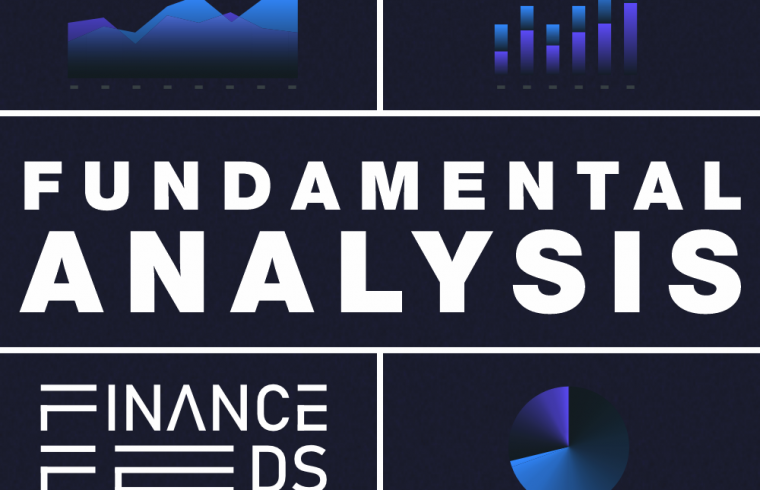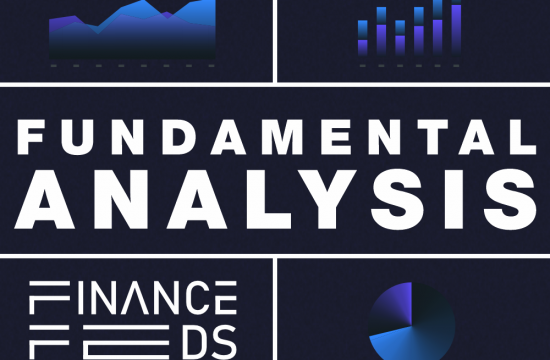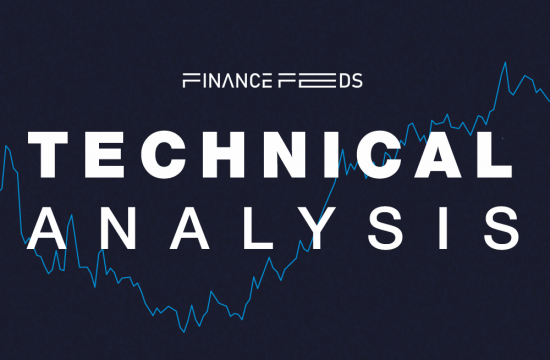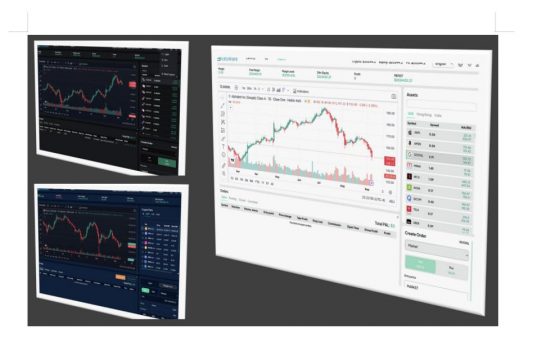Central banks diverge on monetary policy, creating economic asymmetry. U.S. Fed raises rates, while others ease.
Central Bank Policy Divergence and Global Economic Asymmetry
- Federal Reserve vs. Other Central Banks: The Federal Reserve has maintained a more hawkish monetary policy compared to other major central banks. While the U.S. economy has shown resilience, concerns about inflation have led the Fed to continue raising interest rates. In contrast, central banks in Europe and Japan have adopted more accommodative stances, seeking to stimulate their economies and combat deflationary pressures. This divergence in monetary policies creates a multi-speed global economy, impacting currency exchange rates, capital flows, and global trade.
- Economic Asymmetry: The differing economic conditions across regions further exacerbate this theme. While the U.S. economy has shown relative strength, other nations, such as China and the UK, face significant challenges. China’s economic slowdown and the UK’s post-Brexit transition have created uncertainties and impacted their respective economies. This asymmetry in economic performance can lead to capital flight, currency volatility, and trade imbalances.
Geopolitical Tensions and Market Volatility
- Middle East Tensions: The ongoing conflict in the Middle East, including the recent ballistic missile attack on Israel, continues to contribute to market volatility and influence the demand for safe-haven assets. The geopolitical uncertainty in the region can disrupt trade flows, energy supplies, and investment sentiment. This can lead to increased risk aversion among investors, driving up the prices of safe-haven assets like gold and the U.S. dollar.
- China-Taiwan Relations: The escalating tensions between China and Taiwan also create uncertainty and can impact global markets, particularly those closely tied to the region. The possibility of military conflict or increased economic sanctions could disrupt supply chains, trade flows, and investor confidence. This can lead to market volatility, currency fluctuations, and potential disruptions in global manufacturing and production.
Global Economic Slowdown and Trade Challenges
- China’s Economic Growth: China’s economic slowdown and its impact on global trade are significant concerns. The weaker-than-expected Chinese trade data and the need for further stimulus measures highlight these challenges. As a major global economic player, China’s economic performance can have a ripple effect on other economies, impacting demand for goods and services, investment flows, and commodity prices.
- Global Trade Dynamics: The ongoing trade tensions between major economies, such as the U.S. and China, continue to impact global supply chains and economic growth. Tariffs, trade barriers, and uncertainties related to trade policies can disrupt global trade flows, increase costs for businesses, and lead to economic slowdown. This can also impact consumer prices, as businesses may pass on increased costs to consumers.
Top economic events for this week:
1. Fed’s Waller and Kashkari Speeches (10/14/2024)
- Impact: These speeches by Federal Reserve officials can significantly influence market sentiment and interest rate expectations.
- Currency: USD
2. UK Employment Data (10/15/2024)
- Impact: Strong employment data can support the Bank of England’s tightening monetary policy, leading to a stronger GBP.
- Currency: GBP
3. US Inflation Data (10/15/2024)
- Impact: Inflation data can affect the Federal Reserve’s interest rate decisions, impacting the USD. Higher inflation could lead to rate hikes, strengthening the USD.
- Currency: USD
4. Eurozone Inflation Data (10/15/2024)
- Impact: Inflation data in the Eurozone can influence the European Central Bank’s monetary policy, affecting the EUR.
- Currency: EUR
5. ECB Bank Lending Survey (10/15/2024)
- Impact: This survey provides insights into bank lending practices, which can impact economic growth and the EUR.
- Currency: EUR
6. ZEW Survey (10/15/2024)
- Impact: This survey measures investor sentiment in Germany, which can influence the EUR.
- Currency: EUR
7. Canadian Inflation Data (10/15/2024)
- Impact: Higher inflation in Canada could lead to interest rate hikes by the Bank of Canada, strengthening the CAD.
- Currency: CAD
8. NY Empire State Manufacturing Index (10/15/2024)
- Impact: This index measures manufacturing activity in New York, providing insights into the US economy and influencing the USD.
- Currency: USDs
9. New Zealand Inflation Data (10/15/2024)
- Impact: Higher inflation in New Zealand could lead to interest rate hikes by the Reserve Bank of New Zealand, strengthening the NZD.
- Currency: NZD
10. Australian Westpac Leading Index (10/16/2024)
- Impact: This index provides a leading indicator of economic growth in Australia, influencing the AUD.
- Currency: AUD
The subject matter and the content of this article are solely the views of the author. FinanceFeeds does not bear any legal responsibility for the content of this article and they do not reflect the viewpoint of FinanceFeeds or its editorial staff.
The information does not constitute advice or a recommendation on any course of action and does not take into account your personal circumstances, financial situation, or individual needs. We strongly recommend you seek independent professional advice or conduct your own independent research before acting upon any information contained in this article.












